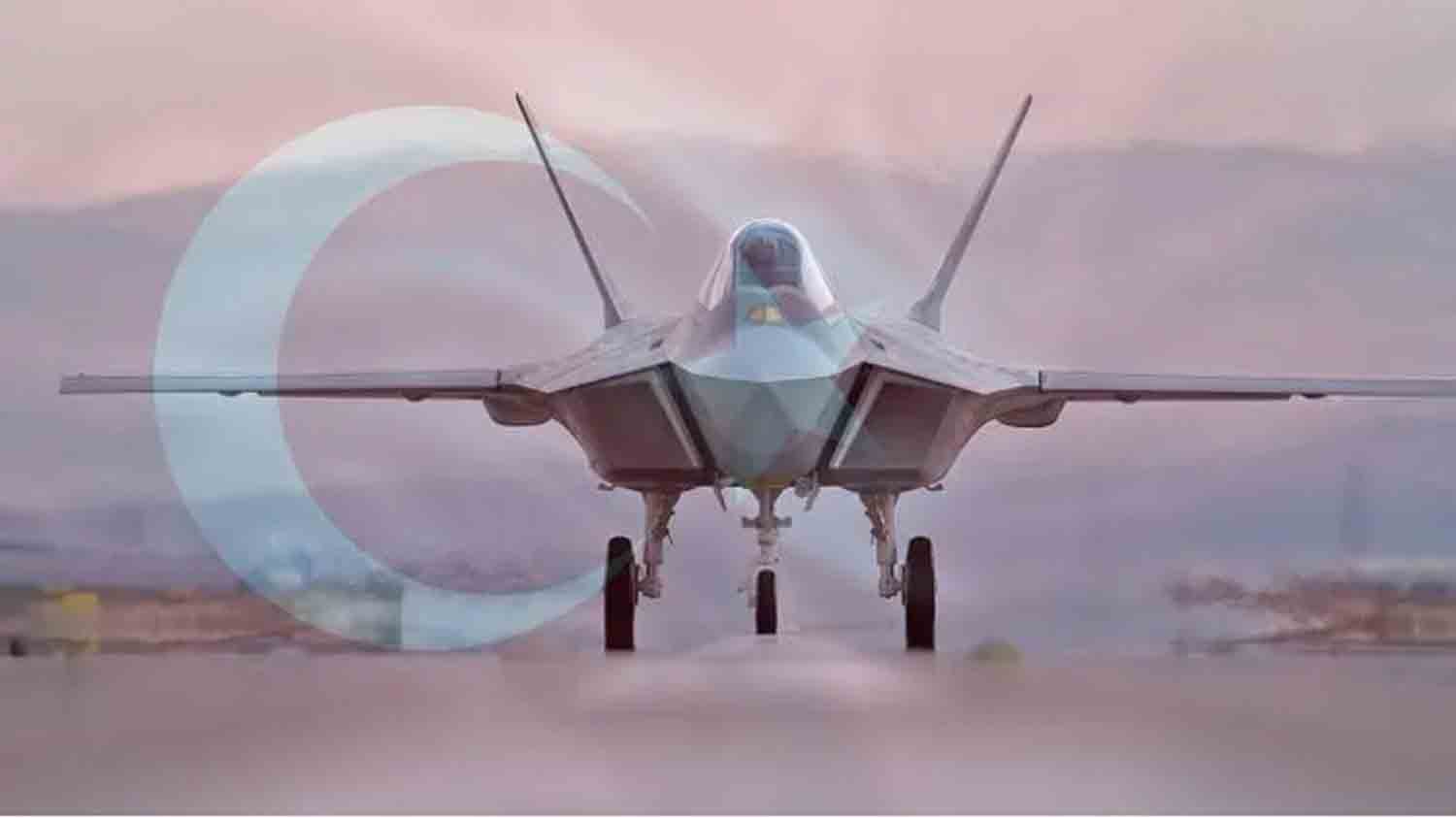In a notable shift in military strategy that has drawn the attention of defense analysts, Ukraine’s deployment of long-range munitions, particularly the U.S.-supplied M39 ATACMS, the UK’s STORM SHADOW, and France’s SCALP-EG, is being evaluated for its operational effectiveness and efficiency.
The Italian defense journal RID has pointed out that Ukrainian forces may have significantly depleted their stock of these critical assets, with only a limited number remaining.
Since October 2023, approximately 500 ATACMS rockets have transitioned from U.S. reserves to Ukrainian forces, primarily targeting locations within occupied territories.
However, the situation changed dramatically last November when Kyiv received permission to utilize these rockets against targets in Russian territory. By that time, the available stock had reduced to around fifty, indicating a rapid consumption rate.
The tactical application of these missiles has ignited discussions. Reports indicate that Ukraine may have employed an excessive number of ATACMS for single strikes, sometimes launching up to six missiles at one target, or alternatively, utilizing these advanced weapons on less critical targets, such as small storage facilities. This raises concerns about the effective management of resources in a conflict where every asset is vital.
Likewise, the British STORM SHADOW and French SCALP-EG missiles, which are designed for similar roles as the ATACMS, have encountered comparable scrutiny. Since late 2024, these systems have been integrated into Ukraine’s military operations, with an estimated 14 missiles deployed.
The effectiveness of their utilization, similar to that of the ATACMS, is being closely examined, questioning whether the strategic goals are being achieved with the level of precision and impact that these advanced systems are designed to provide.
This scenario illustrates the intricate dynamics of warfare, highlighting not only the importance of weaponry but also the strategic considerations that govern their application. As Ukraine maneuvers through this challenging landscape, the global military community remains vigilant, scrutinizing each action for insights into contemporary warfare, resource allocation, and the continuously adapting practice of strategic deterrence.
In today’s combat environment, the strategic utilization of long-range missile systems such as the U.S. ATACMS and the British/French Storm Shadow/SCALP-EG has emerged as a critical area of focus for military planners.
These systems serve not merely as instruments of destruction; they play a vital role in influencing the battlefield, providing capabilities that surpass conventional artillery ranges.
The ATACMS, or Army Tactical Missile System, is a surface-to-surface missile crafted for deep strikes from mobile platforms like HIMARS and M270 MLRS. With an operational range of up to 300 kilometers, it is designed for the swift engagement of time-sensitive targets.
Achieving speeds of up to Mach 3.5, it significantly shortens the window for enemy counteractions. Variants of the missile include those equipped with unitary warheads for hard and precise targets, as well as cluster munitions intended for area denial or softer targets.
From a tactical perspective, the ATACMS is optimally employed against high-value, mobile, or time-sensitive objectives such as command centers, supply lines, or air defense installations, where speed and element of surprise are crucial.
Its deployment should be strategically planned to maximize shock and disrupt enemy operations, potentially compelling a shift in their positioning or a retreat. Careful target selection is essential to effectively impact enemy capabilities by neutralizing critical assets or necessitating resource redistribution, thereby undermining their overall operational strength.
The Storm Shadow and its French counterpart, the SCALP-EG, are advanced air-launched cruise missiles featuring stealth technology, specifically engineered for deep penetration strikes against well-defended targets. With a range of around 250 kilometers, these missiles utilize a BROACH warhead system, which includes an initial penetrator designed to breach fortified structures, followed by a secondary bomb.
Their capability to fly at low altitudes, combined with autonomous navigation and terminal guidance, makes them particularly effective for targeting fortified locations, bunkers, and critical infrastructure such as bridges and communication centers.
From a tactical perspective, these missiles should be deployed against targets where precision and penetration are paramount, especially in scenarios where air superiority is not guaranteed. Their primary objectives include disrupting the enemy’s command structure and neutralizing key operational assets.
Effective tactical employment also requires prudent management of these resources, considering their high cost and limited availability. It is essential to ensure that each deployment achieves maximum strategic impact and avoids unnecessary use against less significant targets that could be addressed with more economical alternatives.
The operational effectiveness of these missiles is significantly bolstered by accurate intelligence, integrating their use into a comprehensive ISR [Intelligence, Surveillance, Reconnaissance] strategy. Beyond their physical destructive capabilities, these systems can exert a substantial psychological impact, showcasing the ability to strike deep within enemy territory, thereby influencing morale and operational planning.
Recognizing that adversaries will adapt, the deployment of these missiles should be part of a flexible strategy that anticipates and counters enemy responses to air defense, electronic warfare, and dispersal tactics. This approach balances immediate tactical advantages with long-term strategic objectives, ensuring that these high-value assets effectively contribute to the overall goals of the campaign.
Discover more from Defence Talks | Defense News Hub, Military Updates, Security Insights
Subscribe to get the latest posts sent to your email.





